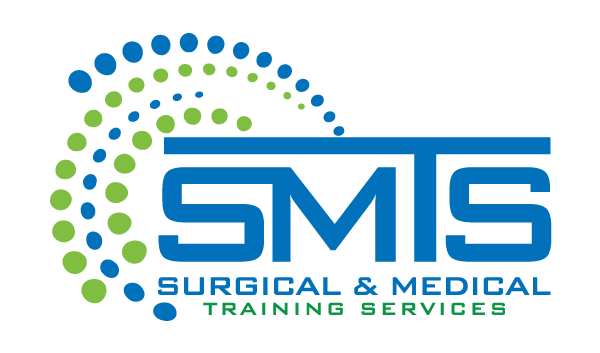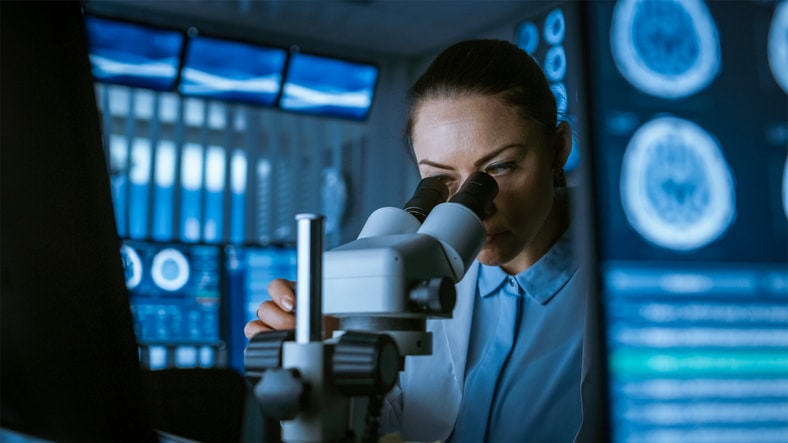All human achievement throughout history is marked by trial and error. The healthcare industry is not immune to this way of advancing. In this arena, “error” relates to our striving to solve what ails the global community. “Mistakes,” or trial, is often the jumping-off point to new hope. Every so often, forward progress shakes the foundation of what we once believed was impossible or, in many cases, what we had never even considered possible. In this way, trial and error are cornerstones to success. Here, we discuss a few ways that healthcare is being revolutionized at the moment.
3D PRINTING
3D printing is being used in a variety of ways in the healthcare industry. Current applications include research, prototyping, customization, and manufacturing. This technology is allowing surgeons to replicate patient-specific organs for procedure preparation, research, and to customize prosthetic limbs and organs to be used in transplant surgeries. Recently, a 3D printed replica of a human lung was created by a team of bioengineers at the University of Washington and Rice University. During its testing phase, this manmade lung maintained normal blood pressure and simulated breathing.
SMART TECHNOLOGY
Once the development of smart technologies began, there has been no going back. Innovative apps and technologies have consistently driven reform within the healthcare industry, support patient-centered care. Today, smart devices perform a variety of tasks, from reminding patients of upcoming appointments to tracking medication, heart rate, blood pressure, and several other vital aspects of a patient’s health and healthcare record. Providing updates in real-time and accessible by the primary care physician, modern technology is both HIPAA compliant and convenient.
TELEMEDICINE
Telemedicine is expanding our ability to provide patients with the level of care they need when they need it and in the most efficient way possible. This technology is beneficial for patients who have more urgent needs but cannot visit their healthcare provider in person. A physician using telemedicine technology has access to important data from a distance, including blood glucose levels, heart rate, blood pressure, and other data. The patient’s health report is accessible to the physician, providing them with the detailed information they need to make informed decisions about the patient’s immediate care. This includes the ability to make instantaneous referrals, with the patient’s permission, to other medical professionals.
Medicine is in a continual state of change. At SMTS – Surgical & Medical Training Services, we provide the necessary framework for healthcare professionals to expand their bioskills in a variety of areas. To learn more about our nationwide facilities and cadaver lab training, call (888) 801-9444.

